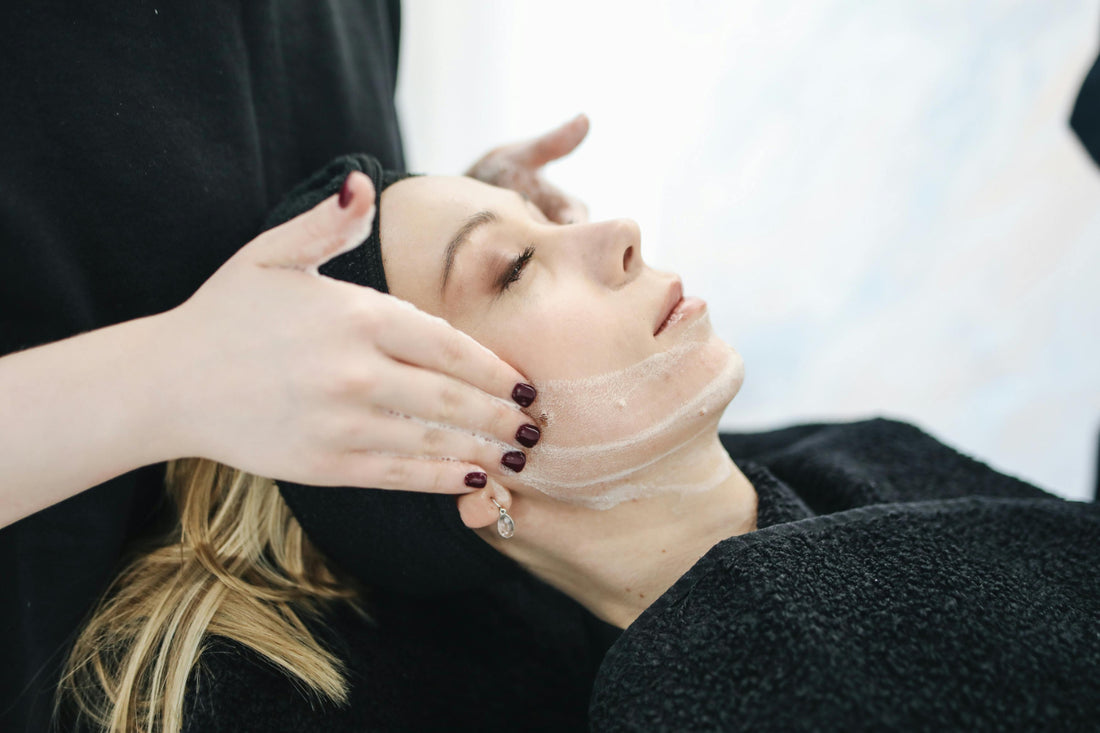
Understanding and Treating Dry Skin to Prevent Wrinkles and Sagging
Share
Understanding and Treating Dry Skin to Prevent Wrinkles and Sagging
Introduction
Dry skin is a common condition that, if not properly managed, can accelerate the appearance of wrinkles and sagging. Understanding the underlying causes of dry skin and implementing a targeted skincare regimen can significantly help in maintaining the skin's moisture, elasticity, and overall youthful appearance. This article explores effective strategies for treating dry skin, emphasizing the importance of moisturizing, hydration, and specialized skincare to prevent aging signs.
DERMED, the company behind this article, is a Japanese pharmaceutical company that develops beauty-related ingredients. In response to various beauty-related questions we have received, we are once again providing information to you.
Table of Contents
- Identifying the Causes of Dry Skin
- Essential Moisturizing Strategies for Wrinkle Prevention
- Hydration's Role in Maintaining Firm Skin
- Skincare Routines for Dry Aging Skin
- Conclusion
Identifying the Causes of Dry Skin
Dry skin can result from various factors, including environmental elements like low humidity and cold weather, excessive bathing, and the use of harsh soaps or skincare products. Understanding these causes is the first step in developing an effective treatment plan.
Essential Moisturizing Strategies for Wrinkle Prevention
Moisturizing plays a pivotal role in preventing the formation of wrinkles on dry skin. Choosing the right moisturizers that contain hyaluronic acid, glycerin, and ceramides can help lock in moisture, keeping the skin plump and minimizing the appearance of fine lines.
Hydration's Role in Maintaining Firm Skin
Hydration, both internal and external, is crucial for skin firmness. Drinking ample water daily complements topical moisturizing by maintaining overall hydration levels. Additionally, using products with ingredients like aloe vera and squalane can boost the skin's natural hydration and support its barrier function.
Skincare Routines for Dry Aging Skin
Developing a skincare routine tailored to dry aging skin involves gentle cleansing, deep moisturization, and the use of anti-aging ingredients like retinol and antioxidants. Night treatments, such as richer creams and facial oils, can provide additional moisture and nourishment needed for repair and rejuvenation.
Conclusion
Effectively treating dry skin requires a comprehensive approach that addresses the root causes while maintaining the skin's hydration and moisture. By adopting a skincare routine focused on moisturizing and hydration, individuals can significantly reduce the risk of wrinkles and sagging, promoting a healthier, more youthful complexion. Consistency and the use of quality products are key to achieving and maintaining optimal skin health.
